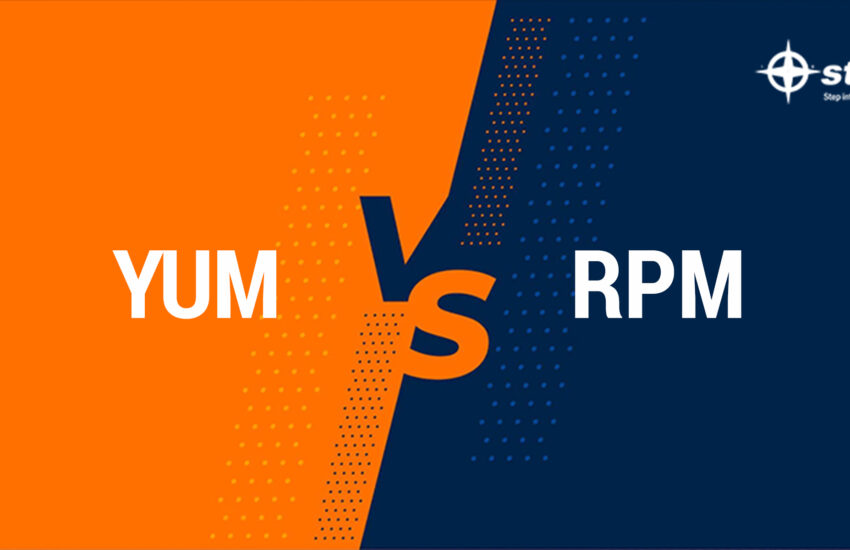Everything to Know about Computer Vision
Computer vision is a subset of artificial intelligence (AI) that enables computers and systems to extract usable information from digital pictures, videos, and other visual inputs, as well as to take actions or make recommendations based on that information. Computer vision allows computers to see, watch, and comprehend in the same way that artificial intelligence allows them to think.
Human vision is identical to computer vision, except that humans have an advantage. Lifetimes of context have taught human eyesight how to tell objects apart, how far away they are, whether they are moving, and whether something is wrong with an image.
Computer vision trains computers to perform equivalent tasks in a fraction of the time by employing cameras, data, and algorithms instead human retinas, optic nerves, and a visual cortex. Because a system trained to inspect goods or monitor a manufacturing asset can analyze hundreds of products or processes every minute, it can quickly surpass humans in finding flaws or issues that are imperceptible to humans.
Computer vision is used in a wide range of industries, including energy and utilities, manufacturing, and automobiles, and the field is continually expanding. It is expected to reach USD 48.6 billion by 2022.
What is computer vision and how does it work?
Computer vision necessitates a large amount of data. It goes through the data processing process again and again until it identifies distinctions and, finally, recognizes images.
To teach a computer to recognize car tyres, for example, it needs be fed a vast number of tyre photographs and tire-related documents in order for it to comprehend the differences and recognize a tyre, especially one that is free of flaws.
A convolutional neural network and deep learning, a type of machine learning, are two fundamental technologies used to do this (CNN). Machine learning is a technology that allows a computer to use algorithmic models to train itself about the context of visual input. If the model receives enough data, the computer will “look” at it and learn to distinguish between images.
Algorithms allow the machine to learn on its own rather than requiring someone to train it to recognize an image. A CNN assists a machine learning or deep learning model in “seeing” by breaking images down into pixels that are assigned tags or labels. It makes predictions about what it’s “seeing” by convolutioning the labels (a mathematical operation on two functions to produce a third function).
The neural network performs convolutions and evaluates the accuracy of its predictions in a series of iterations until the predictions start to come true. It then recognises or sees images in a similar way to a human.
A CNN recognizes hard edges and simple forms first, then fills in the details as it performs iterations of its predictions, much like a human recognizing a picture from a distance. A CNN is used to comprehend single pictures. A recurrent neural network (RNN) is used in video applications in a similar way to assist computers understand how visuals in a succession of frames are related to each other.
Choosing the Best AI Training in Kochi is a must to have good basics in python and its related packages so as to learn the huge collection of machine learning algorithms. Let’s not wait and grab the opportunity to learn AI in Kochi now.



